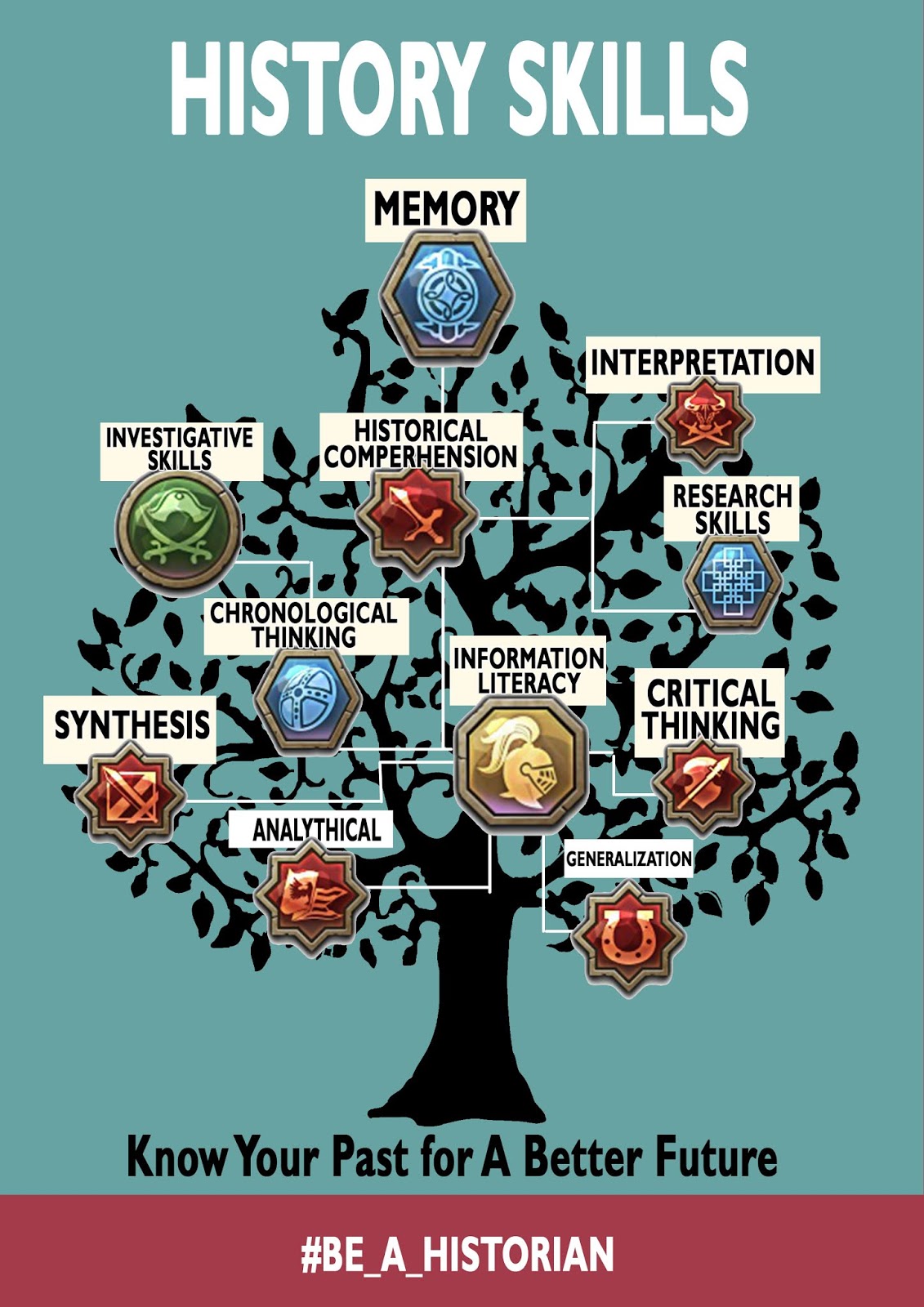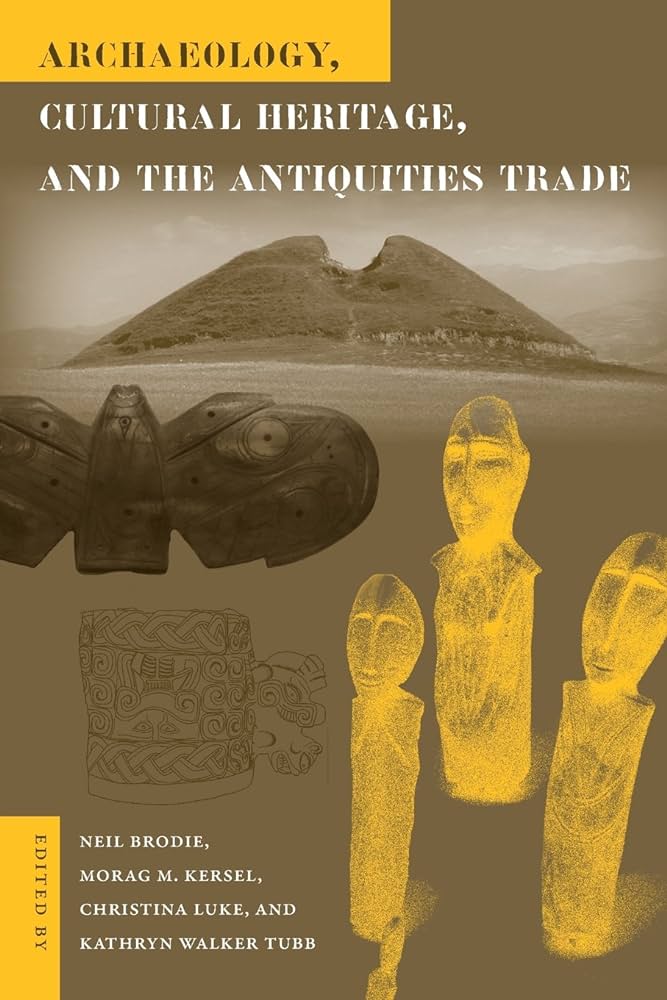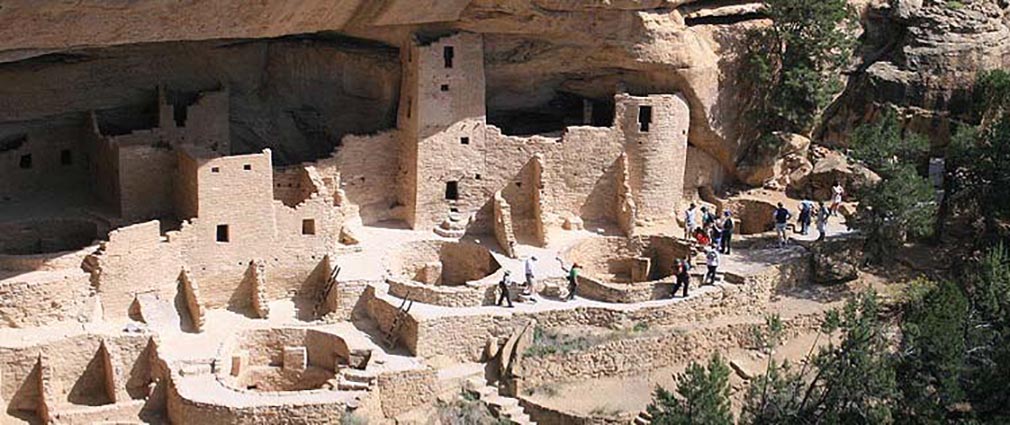Exploring the Ancient World: Exploring Archaeological Sites and Excavations
Exploring archaeological sites and excavations is a fascinating way to learn about the ancient world. From the ancient pyramids of Egypt to the Roman ruins of Pompeii, these sites offer a glimpse into the past. In this blog post, we will explore the different types of archaeological sites, the excavation process, and what you can expect when visiting one of these sites.
Types of Archaeological Sites
There are various types of archaeological sites that you can visit, each with its unique history and significance. Some of the most common types of archaeological sites include:
1. Burial Sites – These are sites where human remains have been buried. They often include burial mounds, tombs, and cemeteries.
2. Settlement Sites – These are sites where people lived and worked. They often include houses, workshops, and public buildings.
3. Industrial Sites – These are sites where people produced goods such as pottery, textiles, and metalwork.
4. Ritual Sites – These are sites where religious or spiritual ceremonies took place. They often include temples, altars, and standing stones.
The Excavation Process
Excavating an archaeological site can take years and involves several steps:
1. Planning – Before any digging can begin, archaeologists must obtain permission to excavate the site. They also create a plan of the site and determine where to start digging.
2. Digging – Archaeologists use a variety of tools to remove soil and earth from the site. They also take careful notes and photographs of the area as they go.
3. Analysis – After the excavation is complete, the artifacts and data recovered are analyzed. This involves cleaning, categorizing, and dating the artifacts to help better understand the site and the people who lived there.
Visiting an Archaeological Site
If you’re interested in exploring an archaeological site, there are a few things to keep in mind:
1. Check for Tours – Many sites offer guided tours with knowledgeable experts who can provide insight into the history and significance of the site.
2. Respect the Site – Archaeological sites are delicate and should be treated with care. Stay on designated paths, don’t touch or move any artifacts, and follow all rules and regulations.
3. Be Prepared – Make sure to wear comfortable shoes, bring sunscreen and water, and be prepared to walk or hike.
Exploring the ancient world through archaeological sites and excavations can be an incredible experience that provides insight into our shared human history. By understanding the excavation process and respecting these sites, we can gain a deeper appreciation for the past and the people who came before us.











